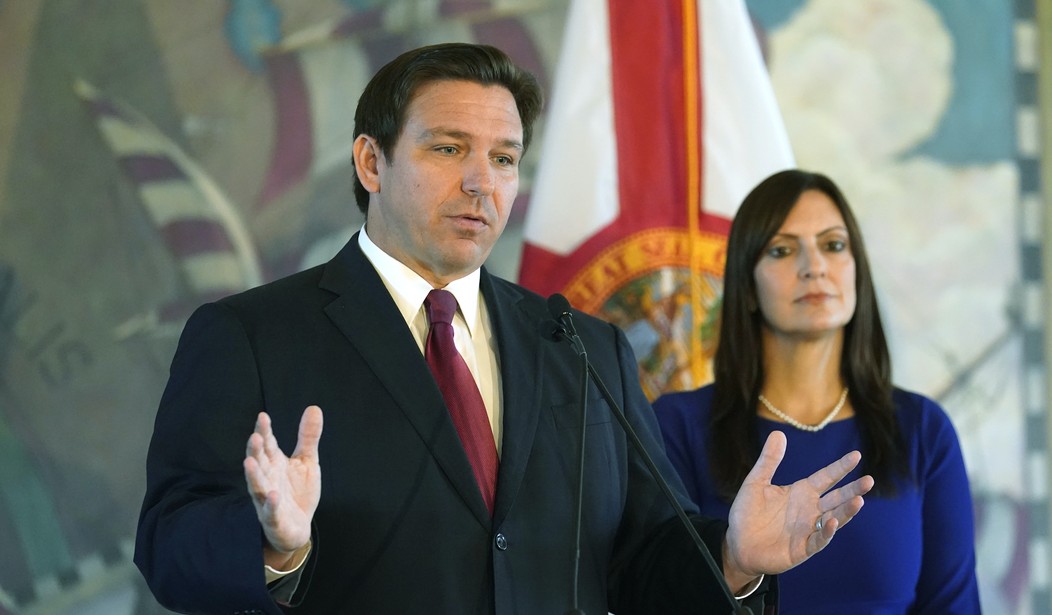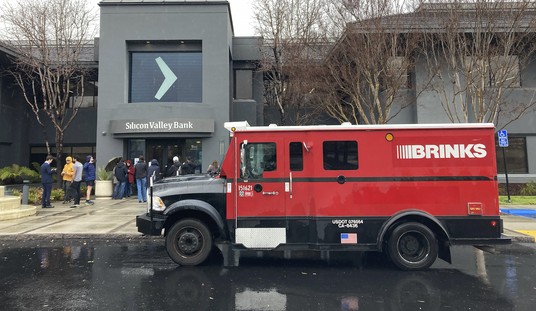The pandemic set up a kind of unplanned experiment as schools in some locations, mostly red states, reopened quickly and schools in other locations, mostly blue states, delayed reopening for fear of spreading COVID. David Leonhardt looks at the research for what happened to students in various environments and finds the results are pretty clear and pretty dramatic. Schools that re-opened sooner had significantly less learning loss than those that delayed reopening.
On average, students who attended in-person school for nearly all of 2020-21 lost about 20 percent worth of a typical school year’s math learning during the study’s two-year window…
But students who stayed home for most of 2020-21 fared much worse. On average, they lost the equivalent of about 50 percent of a typical school year’s math learning during the study’s two-year window…
“It’s pretty clear that remote school was not good for learning,” said Emily Oster, a Brown University economist and the co-author of another such study. As Matthew Chingos, an Urban Institute expert, puts it: “Students learned less if their school was remote than they would have in person.”
Here’s what that looks like. The x-axis is the amount of remote learning students experienced in the 2020-2021 school year.

As this graph shows, nearly all students lost something, partly because all schools were shut down for about half of the spring 2020 semester and also because COVID created some difficulties at home for students (job losses, illness, etc.) whether they were in school or online.
The data also shows that students at schools with higher levels of poverty suffered more learning loss, not because of poverty per se but because of politics.
Many of these [high poverty] schools are in major cities, which tend to be run by Democratic officials, and Republicans were generally quicker to reopen schools. High-poverty schools are also more likely to have unionized teachers, and some unions lobbied for remote schooling.
If you follow that first link above, you’ll see that is the conclusion of a study of reopening plans in Michigan.
Partisanship played a much stronger role in local decisions than state decisions. We analyze local district reopening plans and public opinion on reopening in the politically competitive state of Michigan. Partisanship was much more associated with district reopening plans than COVID-19 rates. Republicans in the Michigan public were also far more favorable than were Democrats toward in-person learning. States’ decisions to leave reopening plans to their districts opened the way for students’ experiences to be shaped by their area’s partisanship.
And in case you’re thinking this is a case of hindsight being 20/20, that’s not accurate. That it was safe to reopen schools was something that was evident at the time.
Were many of these problems avoidable? The evidence suggests that they were. Extended school closures appear to have done much more harm than good, and many school administrators probably could have recognized as much by the fall of 2020.
Leonhardt doesn’t say this but he could have based on this data: Democrats and their pet teacher’s unions are responsible for making pandemic learning loss twice as bad as it had to be for millions of students.
The decision to keep schools closed also has the potential to be a longer term catastrophe for many of the schools involved. School budgets are based on head counts and many fed up parents are simply taking their kids out of public schools because they were closed for so long. [emphasis added]
New York City, the largest district in the nation, has lost a staggering 9.5 percent of students since the onset of COVID-19. Los Angeles Unified, the second largest, where unions have had particular success in getting most every restriction and compensation they wanted, saw the student body shrink by 8.1 percent. School Superintendent Alberto Carvalho, in an article earlier this month at The 74 Million, described the confluence of the enrollment drop and the drying out of the nearly $200 billion in emergency federal COVID relief funds to K-12 schools as potentially “Armageddon.”
Unless the long-term trend of Angelenos fleeing the public school system somehow reverses, Carvalho warned, “It’s going to be a hurricane of massive proportions.”
The only two of the country’s top 10 school districts that haven’t lost population since the pandemic hit are both in Florida (Orange and Hillsborough counties), where Gov. Ron DeSantis ordered schools open by edict in the fall of 2020. Of the 46 states in AEI’s study, only four added students to their public schools: The heavily Republican South Dakota, Utah, North Dakota, and Idaho. The six states that lost between 0 percent and 1 percent during that time, including Florida and Texas, are also GOP strongholds.
Looking back on what DeSantis was saying in the summer of 2020 is pretty striking with hindsight.
“We spent months saying that there were certain things that were essential that included fast-food restaurants. It included Walmart and Home Depot and Lowe’s,” DeSantis said at a news conference in Jacksonville with U.S. Secretary of Labor Eugene Scalia. “If all that is essential, then educating our kids is absolutely essential, and they have been put to the back of the line in some respects.”
Meanwhile he was being chided and mocked by progressives online:
Florida Teachers Union Sues Governor DeSantis Over Push To Reopen Schoolshttps://t.co/9NgZuo58N8 pic.twitter.com/PItzG03fCr
— Scary Mommy (@ScaryMommy) July 22, 2020
A Florida teacher has written a mock obituary for herself to protest the state's plan to reopen schools in the fall amid the coronavirus pandemic. https://t.co/YM1IUN9z1N
— NBC News (@NBCNews) August 9, 2020
Local school districts must be the ones to decide when brick – and- mortar schools are ready to reopen, not @GovRonDeSantis. I'm relieved to see the court rule in favor of the safety of students, teachers, and communities across Florida today.https://t.co/Jse3Mbzy4W
— Debbie Wasserman Schultz (@DWStweets) August 25, 2020
Homicidal hypocrite @GovRonDeSantis is sacrificing Floridians' lives in fealty to Trump, extorting unprepared schools to reopen tomorrow without sufficient PPE, ventilation or staff by threatening to defund them — while letting government officials work from home. #BecauseFlorida pic.twitter.com/SkvIrEIHBd
— Billy Corben (@BillyCorben) October 5, 2020
Florida child endangerment—@GovRonDeSantis just overruled schools that wanted virtual education—& instead FORCED to reopen at ‘gunpoint’ by threatening to cut their funding if noncompliant—Schools are in hotspot FL counties too. Despicable @RonDeSantisFL. https://t.co/fYpEECwBMN
— Eric Feigl-Ding (@DrEricDing) August 12, 2020
Because Ron DeSantis is forcing schools to reopen, teachers across Florida have to choose between the risk of getting COVID or keeping their job.
Our state needs real leadership, not a Trump puppet!https://t.co/WKKOtfprVU
— Florida Democrats (@FlaDems) September 1, 2020
You get the picture. But things have certainly changed. Today the Secretary of Education is pointing to this NY Times story and claiming that President Biden was a champion for school reopening from day one.
It also affirms President Biden’s Day One call to get schools safely open for in-person learning, keep them open, and help students catch up.
— Secretary Miguel Cardona (@SecCardona) May 5, 2022
What he doesn’t say is that Biden’s “day one” came about six months after Gov. DeSantis took the partisan heat from Biden’s fellow Democrats for pushing schools to open.
Update: Great question.
remember when? @CTULocal1 pic.twitter.com/YMDXTuSQQK
— Caroline Downey (@carolinedowney_) May 5, 2022







Join the conversation as a VIP Member